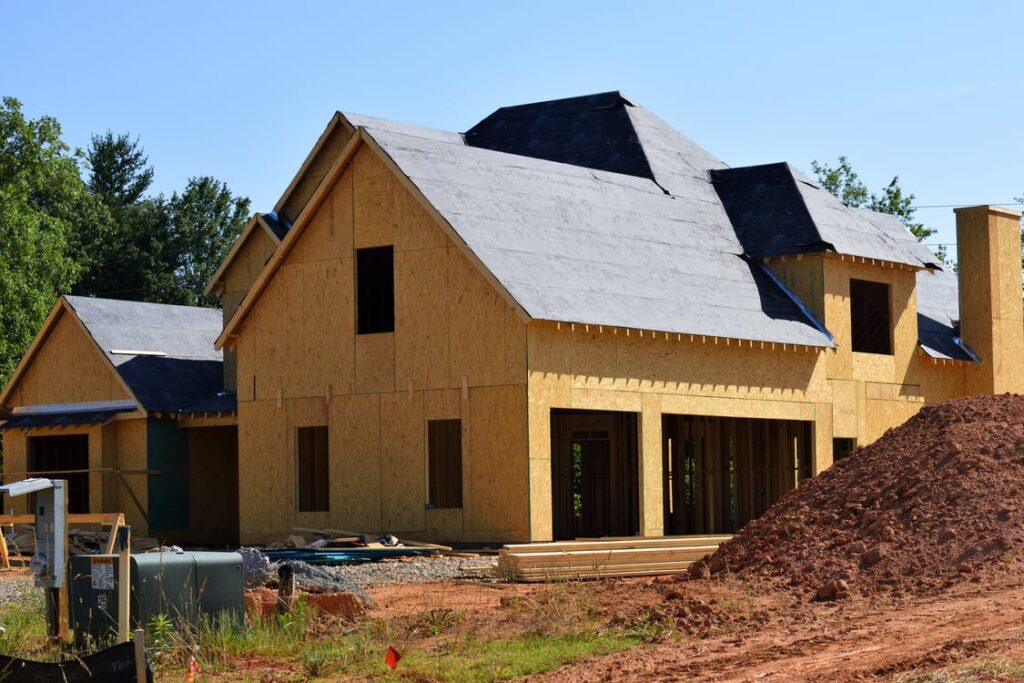By Khalid Noor, 2022.
The purpose of a plan is often understated and not given enough credence. Plans are put in place to provide structure and balance. With many things, plans are the facilitator for success to occur. In fact, it is quite easy to progress without a plan, however the outcome more than likely would be less than satisfactory. However, a well organised construction plan can save time and money.
Plans generally follow stages and/or timeframes. Stages could be parts of a plan that are divided and are followed sequentially in order to reach an end goal. The time frame provides a clear indication of when the content of the plan needs to be completed.
Planning is also an important concept in work life as well. No matter the industry, the crucial nature of plans means that they must be a staple in workdays. The construction industry is no different in this regard.
As it is one of the largest in Australia, it is no secret that the construction industry puts significant emphasis upon planning in general. After all, with such a deep hand in infrastructure and the ability to impact the quality and safety of life for people, it is no wonder that planning is given special importance.
In the delivery of building and construction, projects are undertaken, and will feature plans as the basis for performing works. The reasoning is that it makes it easier to see out the project life cycle.
Plans of this nature are handled by construction managers. construction managers plan, organise, direct, control and coordinate construction of civil engineering and building projects, and the physical and human resources involved in the construction process. Some of the tasks defined include:
- Coordinating labour resources, and procurement and delivery of materials, plant and equipment
- Consulting with Architects, Engineering Professionals and other professionals, and Technical and Trades Workers
- Negotiating with building owners, property developers and subcontractors involved in the construction process to ensure projects are completed on time and within budget
- Preparing tenders and contract bids
- Operating and implementing coordinated work programs for sites
Two critical factors that construction plans are based upon include time and money. You could argue that these two factors are head and shoulders above other factors of consideration when developing a construction plan. In terms of time, it is important for construction projects to follow strict timelines so as to deliver projects on time and avoid making a significant impact on society.
Money is the other pillar that is given consideration. Whilst there is a clear need to procure materials, labour etc. the amount that you can actually spend over the lifecycle of a project needs to be taken into account as well.
With this in mind, a well organised construction plan is your ticket to succeeding in completing a project successfully. But how can such a plan save time and money?
There are a number of stages to the plan
In construction management, creating one encompassing plan often isn’t enough to justify allocating time and resources to it. There needs to be some detail or structure in place that goes beyond the main crux to truly keep everything within time and budget.
Construction plans have stages to them that ensure a project is completed from start to finish. These stages include:
- Feasibility and design
- Pre-construction
- Procurement
- Construction
Feasibility and design: in this stage, feasibility research is conducted, as well as design considerations. A feasibility study includes researching and understanding the legal, economic, physical and social parameters of a project, giving you further information on the scope and limits of a project.
Within feasibility and design are 4 stages: programming and feasibility, schematic design, design development, and contract documents.
Pre-construction: In this phase, the procedures for adherence are given more emphasis. When bidding finishes and a contractor is established, a project team is assembled. This team includes:
- Contract administrator
- Project manager
- Field engineer
- Health and safety manager
The project team prepares the site intended for construction. A fit for purpose test is conducted to ensure work can begin.
Procurement: The third stage that is part of planning in construction is procurement. In this stage, The necessary materials, tools and equipment are made a priority as they will facilitate the completion of the project. The procurement phase is where these items and many more are acquired via purchase, rent etc. and can become difficult depending on the size of the project, the costs involved and the timeframe the project must be completed by. However, establishing what needs to be obtained early on in procurement makes a real difference in saving time and money.
Construction: Although this phase is where most of the planning is utilised in real time, plans for and during construction are also developed. This might involve cultivating and delegating daily tasks that make the process easier to follow, and ensures all stakeholders directly involved are working towards reaching the goals and objectives outlined.
Choosing a type of construction plan and following it
Another way in which construction managers can save time and money through the implementation of construction plans is by identifying a style of plan, and from this they should also make sure everyone involved sticks to it throughout the project lifecycle.
There isnt one type of construction plans, as some might assume. In reality, there are multiple, but three stand out as being the most common and general. The plans are as follows:
- Overall plan: this construction plan is a generalised offering that encompasses the entire project. Its purpose is to detail the whole process and what goals and objectives need to be met.
- Detailed plan: this type of plan provides information around schedules and costs. It is usually prepared by the contractor, and explains how construction work will be carried out, what needs to be done when and how much it will cost.
- Environmental plan: this plan involves surveying the land and area surrounding the location of a project, which will give further information as to how the project will commence within the given parameters.
Even though the composition of construction management plans might contrast among each of them, the content will generally contain most of the same topics. A commonality is that they define the scope of the project, and feature other critical details such as the effect on traffic routes and how vehicles like trucks and cranes will be accounted for.
Even though the above examples are excellent ways to go about saving time and money when creating a construction plan, there are other factors which you might overlook. These are much less technical, and more intrinsic instead. Things like resilience, teamwork and the ability to effectively collaborate are skills which will help you to develop a well organised construction plan, and in turn save time and money.
A good construction software makes use of good project management functionality, estimate and financial/accounting tool functionality, job management, scheduling and planning and support functionalities and more. WunderBuild is a construction management software that aims to provide all of these functionalities and more to bring out the best outcomes for a project.
It is currently offering a free trial, visit here to try WunderBuild for free.






